Standing under the weight of history often feels like an overwhelming experience. Imagine visiting Florence, feeling the energy pulse through the air as one steps into the Galleria dell’Accademia. Here, Michelangelo’s David gazes serenely, muscles carved from pristine marble—a testament to human elegance and resilience.
This moment, standing before such a masterpiece, ignites a profound connection, a shared humanity that transcends time. The visceral reaction to encountering iconic statues resonates deeply, awakening emotions that echo through the ages. Check out https://demetriossculpture.com/ for more information.
Table of Contents
Importance of Sculpture in Art History
The importance of sculpture in art history is evident in its ability to document human experience and society’s evolution over time. From ancient civilizations to modern movements, sculptures have provided vital insights into cultural contexts and artistic styles. Various forms of sculpture, such as reliefs and freestanding pieces, have contributed to the understanding of different epochs and their societal values.
- Ancient Egyptian sculptures noted for their religious significance.
- Classical Greek sculptures that reflect ideals of beauty and democracy.
- Renaissance sculptures showcasing human emotion and realism.
This wide-ranging history highlights how the importance of sculpture varies across cultures, yet serves a universal purpose in enriching art history.
How Sculptures Reflect Cultural Significance
Sculptures often serve as symbols of societal beliefs, events, or values, showcasing the cultural significance of sculptures throughout history. They provide a tangible connection to shared human experiences, representing everything from religious iconography to commemoratives of historical figures. The adaptability of sculpture as a medium has allowed it to remain relevant through different periods.
| Cultural Context | Symbolism | Medium |
| Ancient Greece | Honor and virtue | Marble |
| Renaissance Italy | Humanism | Bronze |
| Modern Era | Social commentary | Mixed media |
This interplay between form and meaning exemplifies how sculptures act as a mirror reflecting the cultural significance embedded within various artistic movements throughout history.
Michelangelo’s David: A Renaissance Masterpiece
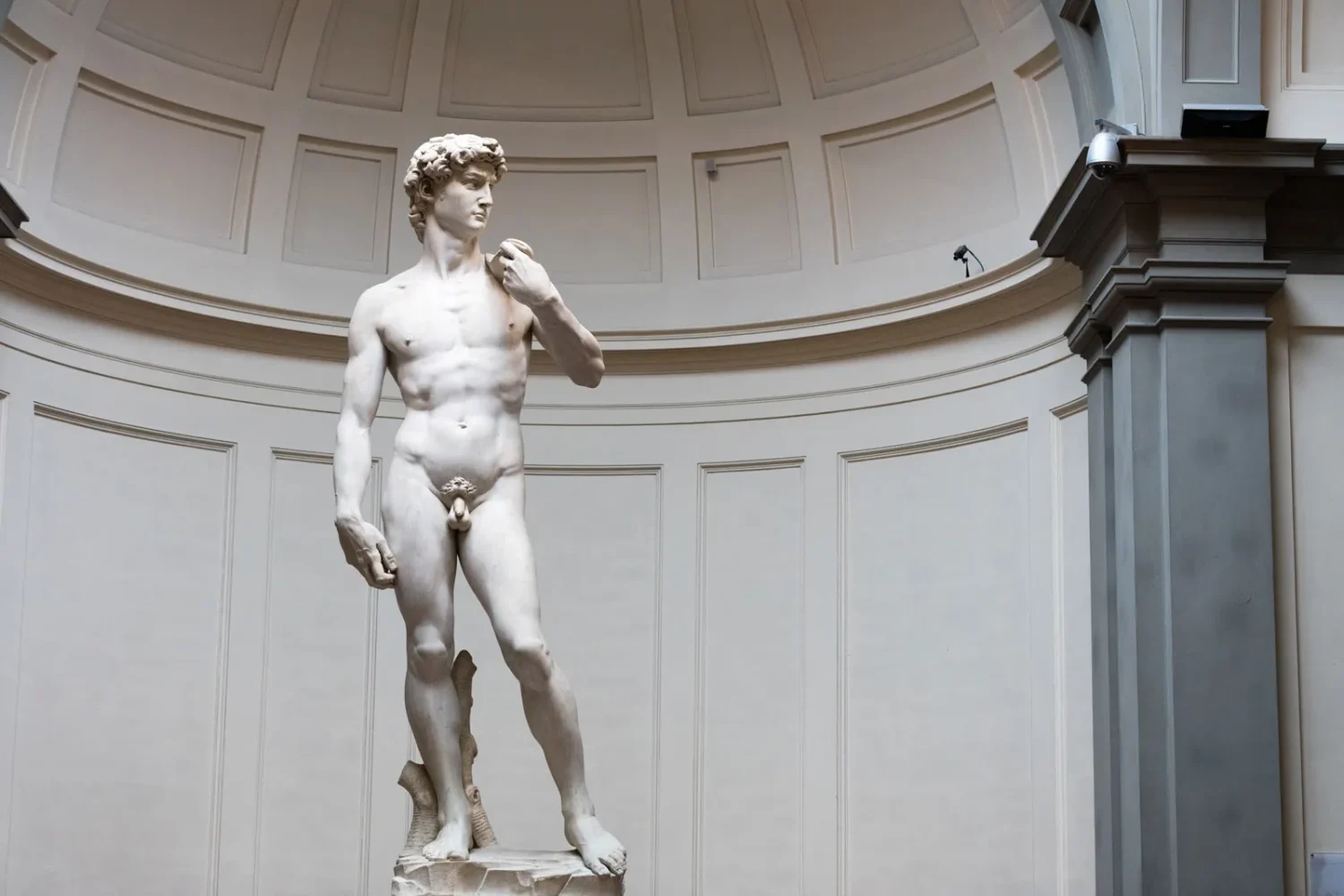
Michelangelo’s David stands as one of the most significant examples of Renaissance sculpture. This breathtaking piece of art not only showcases Michelangelo’s extraordinary talent but also reflects the rich cultural heritage of its era. The statue captures a pivotal moment from the biblical story of David and Goliath, symbolizing the ideals of beauty, strength, and human emotion prevalent during the Renaissance.
Origins and Creation Process
The origins of Michelangelo’s David trace back to a commission in 1501. Meant to adorn the Florence Cathedral, Michelangelo chose a large block of marble, which was initially deemed unsuitable by others. His dedication to the craft took several years, as he meticulously carved David from the stone, showcasing innovative techniques that highlighted artistic precision. This Renaissance sculpture ultimately emerged as a testament to Michelangelo’s skill, embodying the spirit of the time and marking a turning point in the history of art.
Cultural Symbolism and Impact
David transcends mere representation; it embodies vital themes of art symbolism. The figure of David became a symbol of Florentine freedom and resistance against overpowering forces. In many ways, this sculpture crystallizes the moral and philosophical thought of the Renaissance, emphasizing the potential of human beings. To this day, Michelangelo’s David continues to inspire artists and admirers alike, serving as a profound emblem of cultural heritage that informs contemporary perspectives on beauty and strength.
| Aspect | Description |
| Artist | Michelangelo Buonarroti |
| Year of Completion | 1504 |
| Medium | Marble |
| Height | 17 feet (5.17 meters) |
| Location | Accademia Gallery, Florence, Italy |
| Artistic Influence | Key influence on Renaissance and Baroque artists |
| Symbolism | Strength, beauty, and human potential |
The World’s Most Iconic Sculptures and Their Stories
Throughout history, certain sculptures have transcended time, embodying complex narratives and cultural significance. The following iconic works stand out for their extraordinary stories and the emotions they evoke across generations.
Terracotta Army: The Guardian of the Afterlife
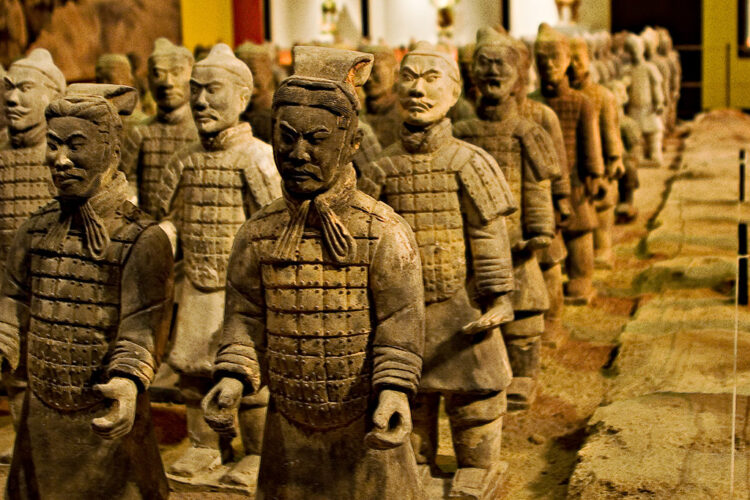
The Terracotta Army, discovered in 1974, consists of thousands of life-sized figures buried with China’s first emperor, Shi Huang. This incredible collection not only illustrates the emperor’s might and influence but also offers a glimpse into ancient beliefs concerning the afterlife. Each soldier, archer, and horse serves a specific purpose, representing an enduring commitment to protecting the emperor in the afterlife.
Venus de Milo: Beauty and Mystery
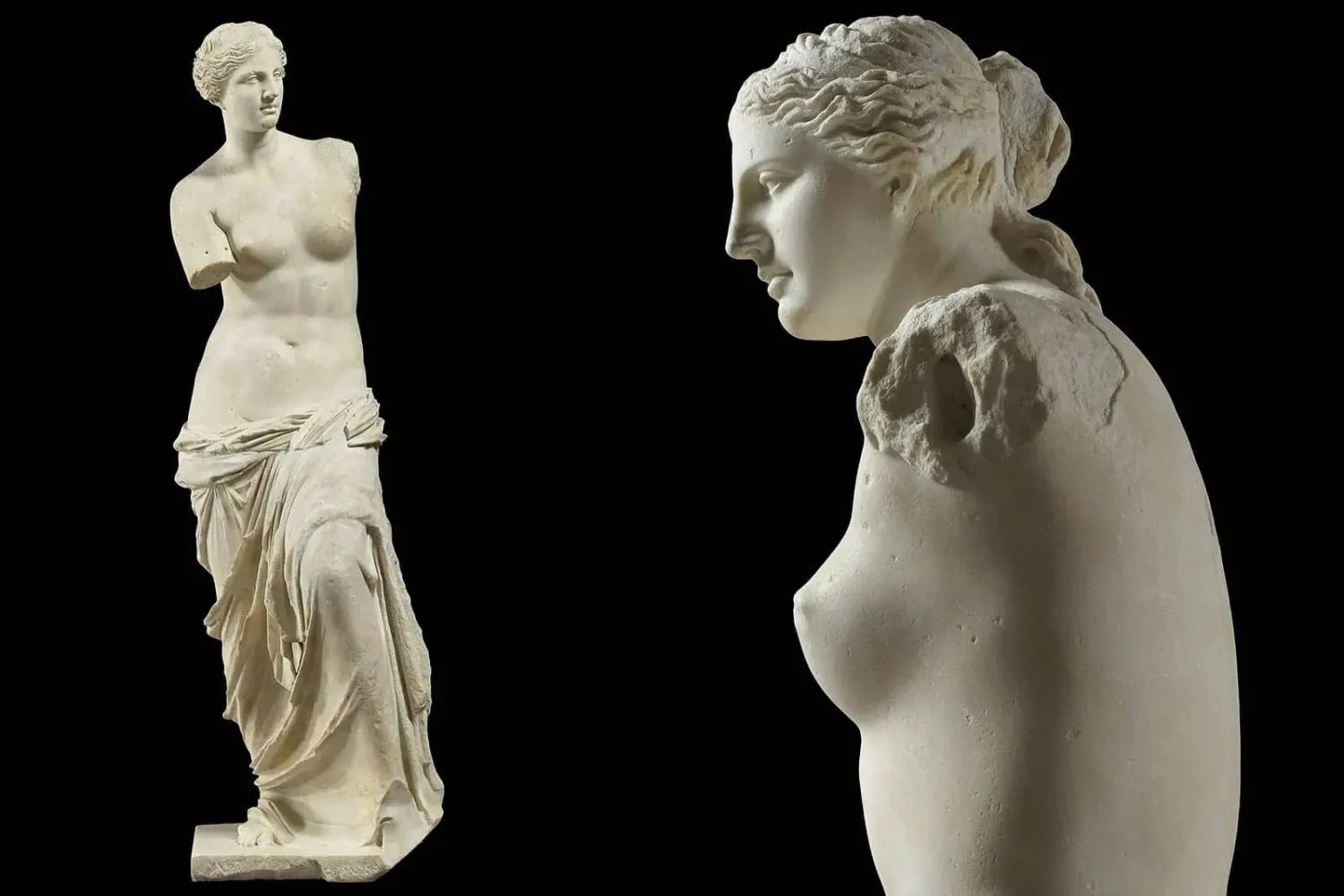
Regarded as a paragon of beauty, the Venus de Milo captivates viewers with her graceful form and enigmatic smile. Housed in the Louvre Museum, this ancient Greek statue has remained a symbol of feminine allure and artistic achievement despite the mystery surrounding her missing arms. The allure lies not just in her aesthetic appeal but in the questions she raises about beauty and perfection.
Rodin’s The Thinker: A Symbol of Introspection
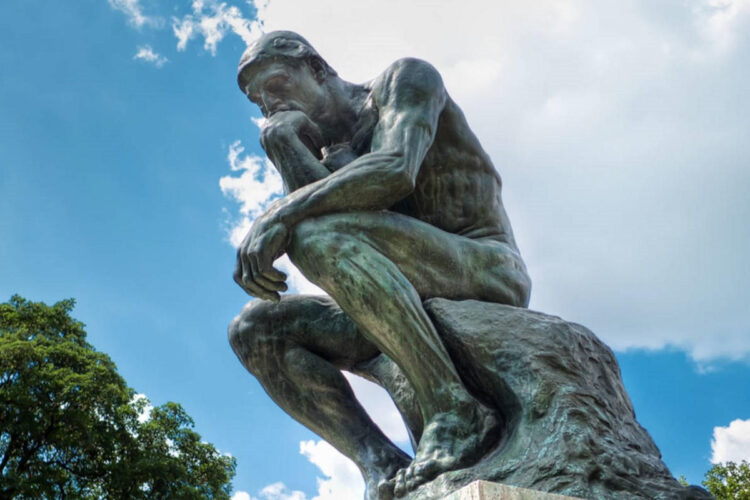
Rodin’s The Thinker has evolved over time from its initial context among the Gates of Hell to become an emblem of philosophical contemplation. The sculpture captures a moment of intense thought, making it a universal symbol of introspection and intellectual pursuit. Its powerful posture and intense expression resonate with viewers, inviting them to ponder their own existence and beliefs.
Moai Statues of Easter Island: Mystery of the Ancients
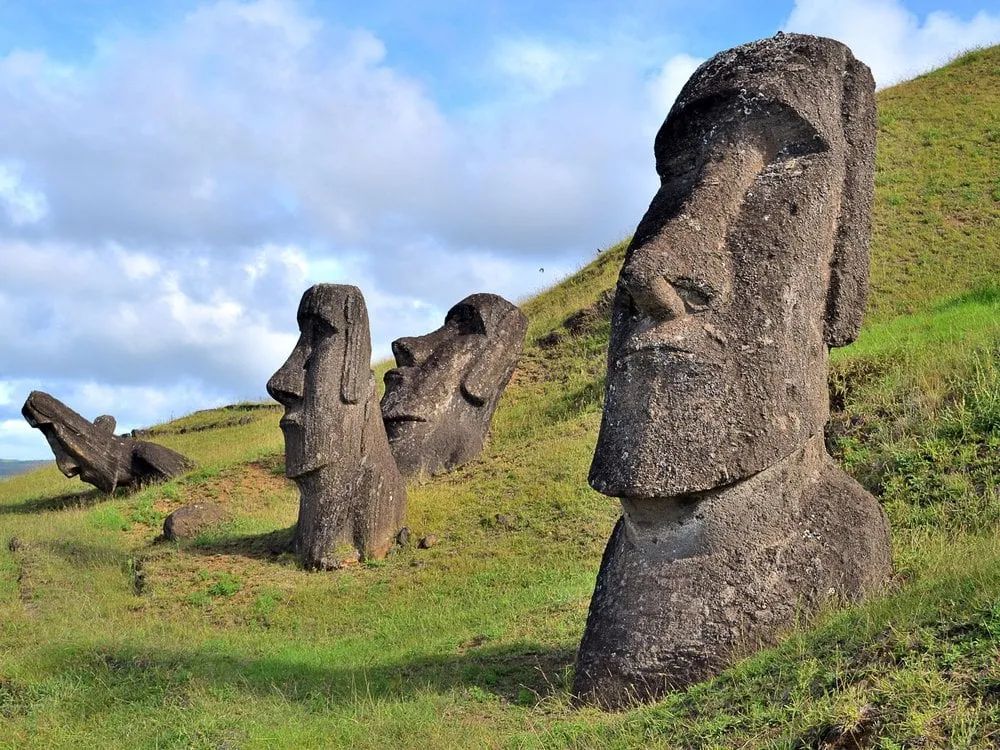
The Moai Statues of Easter Island command attention with their imposing presence and the intricate history that surrounds them. Erected by the Rapa Nui people, these gigantic stone figures reflect the culture’s ancestral worship and the societal structures of the time. The ongoing debate about how and why these statues were created reveals much about the ancient civilization and their deep connection with their environment.
| Sculpture | Location | Year Discovered/Created | Cultural Significance |
| Terracotta Army | Xi’an, China | 1974 | Guardian of the afterlife for Emperor Shi Huang |
| Venus de Milo | Louvre Museum, Paris | 1820 | Symbol of beauty and feminine allure |
| Rodin’s The Thinker | Paris, France | 1880 | Emblem of introspection and philosophical thought |
| Moai Statues of Easter Island | Easter Island, Chile | circa 1400-1650 AD | Reflection of ancestral worship and cultural identity |
Exploring Other Noteworthy Sculptures
Various sculptures worldwide have gained recognition as cultural landmarks, attracting millions of visitors and embodying unique narratives. Three remarkable examples include Mount Rushmore, Christ the Redeemer, and the Little Mermaid Statue. Each represents distinct cultural significance and artistic endeavor.
Mount Rushmore National Memorial: American Icons
Mount Rushmore stands as a quintessential symbol of American identity and pride. Carved into granite, the faces of George Washington, Thomas Jefferson, Theodore Roosevelt, and Abraham Lincoln represent key figures in U.S. history. This monumental artwork exemplifies the intricate blend of artistic vision and engineering skill, drawing in tourists who marvel at its grandeur and the historical significance it represents.
Christ the Redeemer: A Modern Easter Icon
Perched atop Corcovado Mountain, Christ the Redeemer towers over Rio de Janeiro, symbolizing Christianity and universal compassion. This immense statue, designed by French sculptor Paul Landowski, fuses artistic excellence with profound spiritual meaning. As a UNESCO World Heritage Site, it contributes significantly to Brazil’s cultural landscape, attracting visitors from around the globe who seek inspiration amid its serene presence.
The Little Mermaid Statue: A Copenhagen Landmark
The Little Mermaid Statue, inspired by Hans Christian Andersen’s beloved tale, rests elegantly by the Copenhagen harbor. This iconic sculpture serves as a cultural landmark, capturing the imagination of those who encounter it. With its portrayal of longing and sacrifice, it bridges the worlds of literature and visual art, making it a must-visit site for tourists eager to connect with Danish heritage.
| Sculpture | Location | Significance |
| Mount Rushmore | South Dakota, USA | Symbolizes American history and national pride. |
| Christ the Redeemer | Rio de Janeiro, Brazil | Represents Christian faith and humanity. |
| Little Mermaid Statue | Copenhagen, Denmark | Embodies literary tradition and cultural storytelling. |